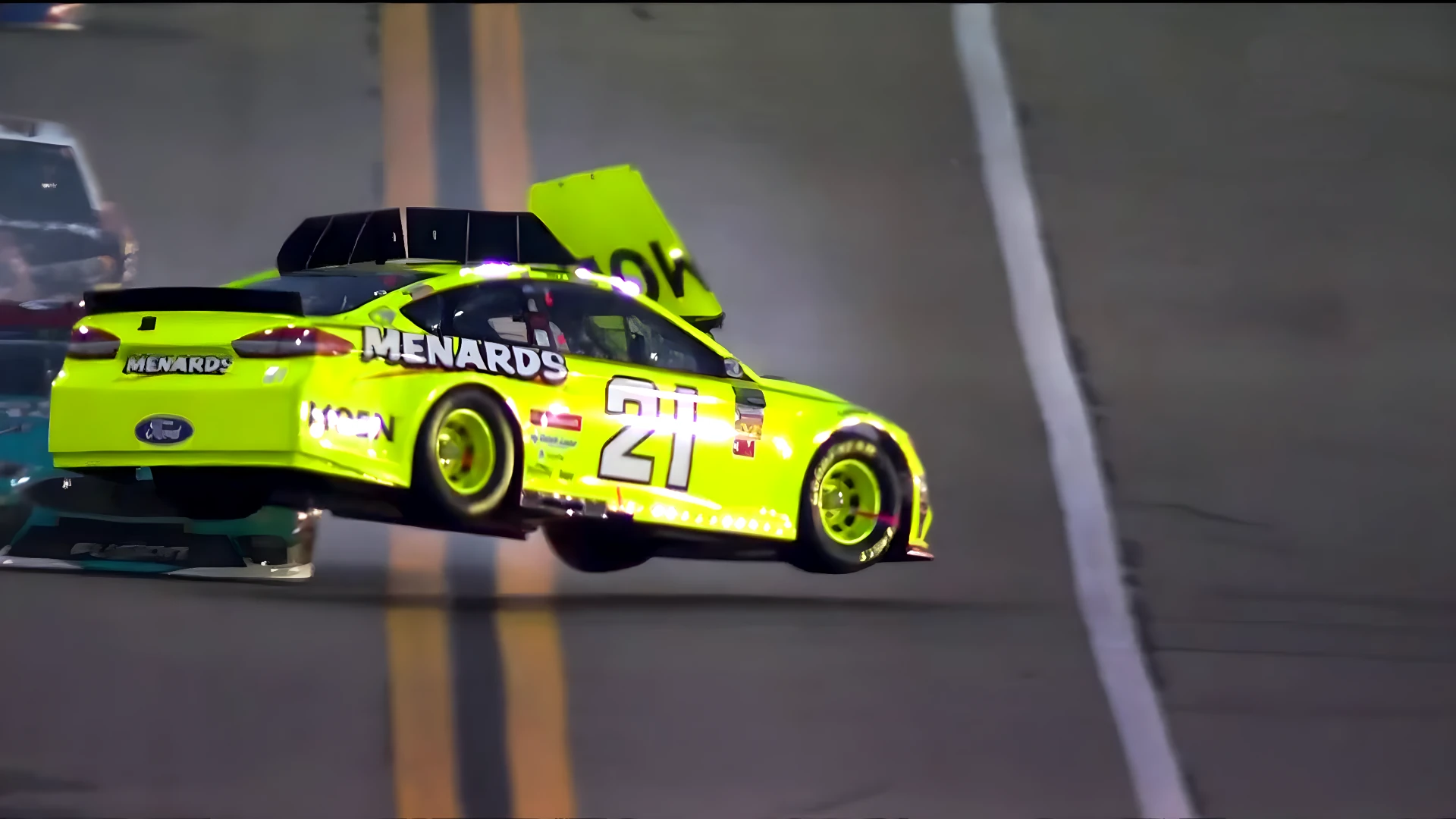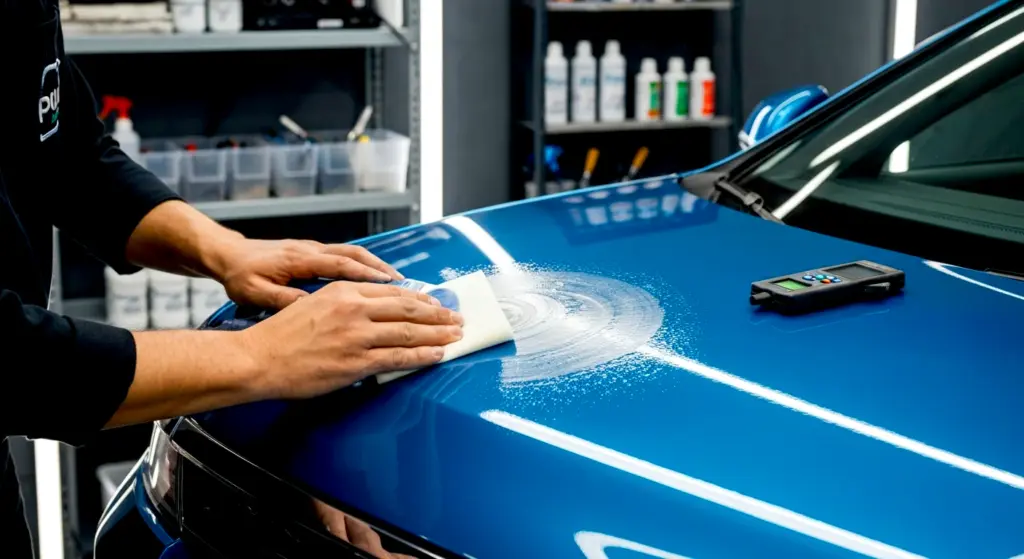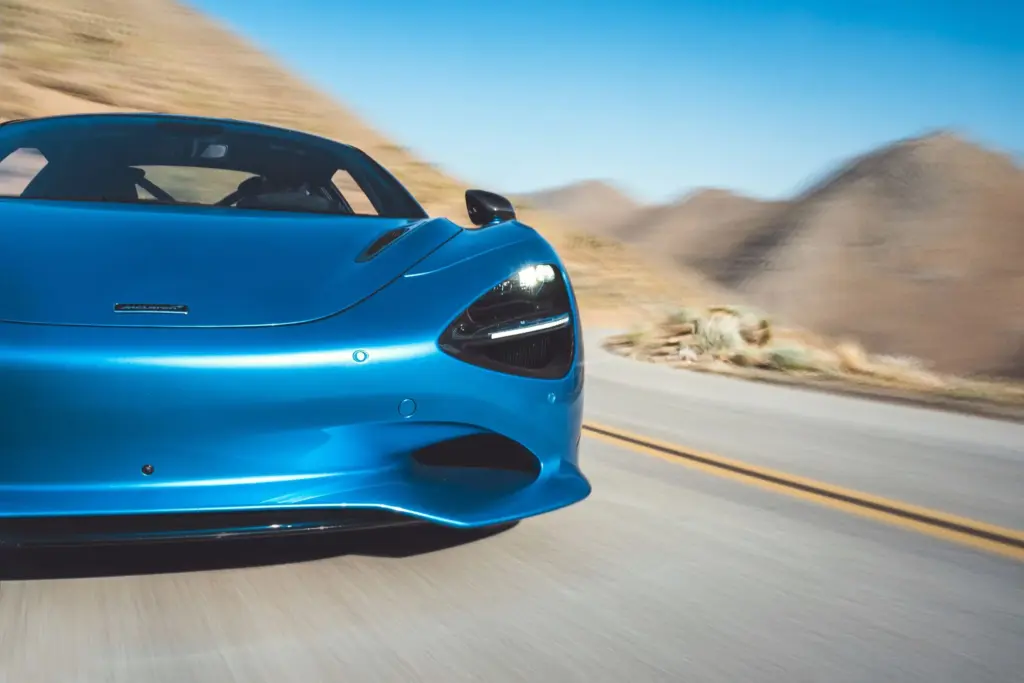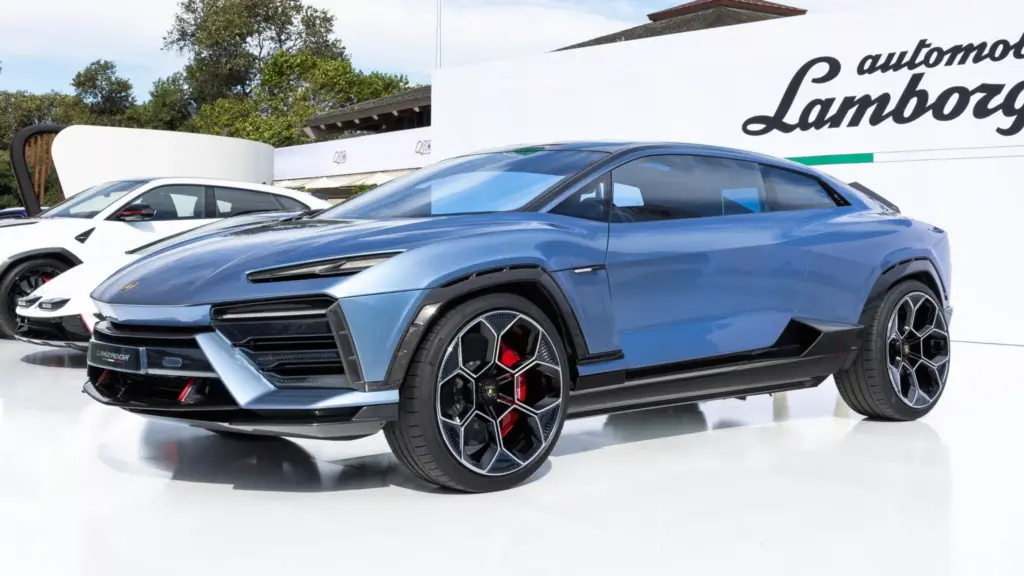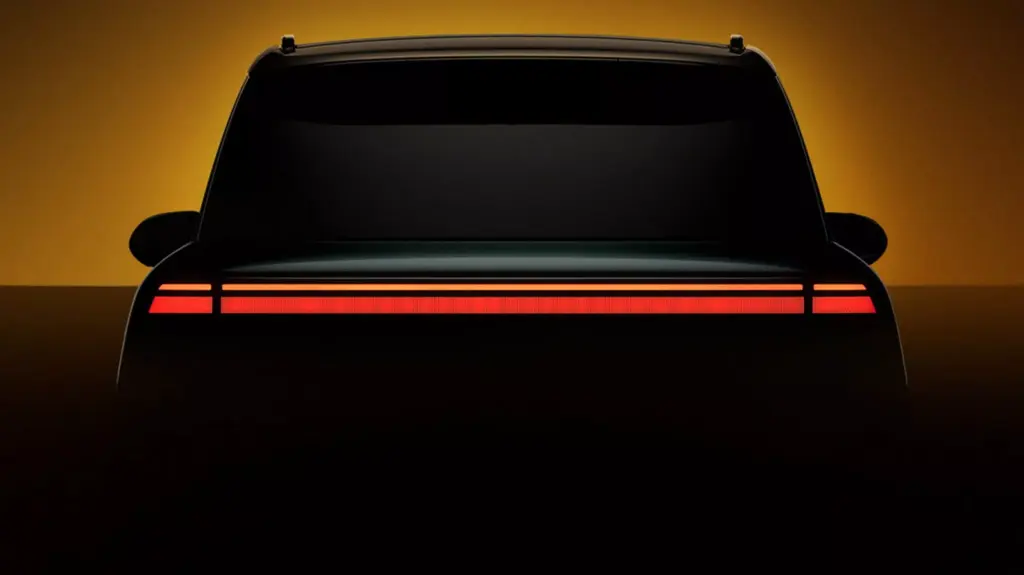NASCAR is a spectacle of speed and adrenaline, where powerful cars duel wheel-to-wheel in pursuit of victory. But behind the excitement of the races, there is a constant concern for the safety of the drivers, who face extreme speeds and risky maneuvers. Among the various technologies that ensure the integrity of the competitors, the roof flaps on the cars stand out as true “guardian angels,” especially in situations of skidding and rolling over.
Roof Flaps: The Invisible Safety Net in NASCAR
Roof flaps are strategic devices placed on the roofs of NASCAR race cars to prevent them from lifting off during high-speed spins or collisions. Introduced in the 1990s, these mechanisms were developed in response to severe accidents that highlighted the dangers of vehicles lifting off the track. Johnny Benson’s car was one of the first to be equipped with the new design during a track test.
The need for roof flaps became evident after accidents involving drivers like Rusty Wallace and Dale Earnhardt. These incidents showed that without an effective solution, cars had a high probability of taking off and rolling over, endangering the drivers’ lives. With the help of industry specialists like Jack Roush and respected figures such as Richard Petty, NASCAR made the use of these devices mandatory in 1994.
Since then, roof flaps have played a crucial role in race safety. They are automatically activated during a spin, disrupting the airflow and reducing the lift that could cause the car to leave the ground. In the blink of an eye, these flaps alter the aerodynamic course, creating additional downward force that helps keep the car on the ground.
How Roof Flaps Work in Ensuring Race Safety
Roof flaps operate automatically in skidding and rollover situations, ensuring the car stays on the ground. When a NASCAR car enters a spin, the roof flaps act like an emergency spoiler. This mechanism prevents the car from rolling over, immediately returning it to the track surface.
The operation of roof flaps is based on altering the air flow over the vehicle. When the car starts to spin, the abrupt movement triggers a mechanism that opens the flaps. These devices interrupt the airflow that can generate lift, preventing the vehicle from taking off during the accident. It’s as if an invisible hand pushes the car back to the asphalt, preventing the spin from turning into a rollover.

The effectiveness of roof flaps in NASCAR is evidenced by statistics indicating a significant reduction in accident severity. Numerous incidents that could have had severe consequences were minimized thanks to the quick action of these devices. Driver safety is a priority, and roof flaps play an essential role in this protection.
Technological Evolution of Roof Flaps in NASCAR
The constant technological evolution of roof flaps in NASCAR enhances driver safety. Since their introduction, these devices have undergone various improvements to become more efficient. NASCAR, committed to safety and innovation, continuously invests in research and development to ensure that the flaps are always up-to-date.
Technological advances have allowed roof flaps to be enhanced in terms of response and effectiveness. Today, these devices can react even more quickly to skidding and rollover situations, providing even greater protection for drivers. The evolution of the flaps reflects NASCAR’s commitment to providing an exciting and safe spectacle.
The technology behind roof flaps is a clear example of how innovation can improve safety in racing. Over the years, NASCAR has demonstrated that driver safety is an absolute priority. Roof flaps, although discreet, are proof that safety always comes first in the world of speed.
Roof flaps are a crucial innovation for NASCAR safety, balancing high-speed performance with participant protection. Since their introduction in the 1990s, these devices have played a vital role in preventing severe accidents, ensuring that cars stay on the ground during spins and rollovers. The constant technological evolution of roof flaps reflects NASCAR’s commitment to providing a safe and thrilling spectacle for both competitors and fans. Safety is an absolute priority, and roof flaps are proof of this.
Author: Fabio Isidoro
Founder and editor-in-chief of Canal Carro, he dedicates himself to exploring the automotive universe with depth and passion. A car and technology enthusiast, he produces technical content and in-depth analyses of national and international vehicles, combining quality information with a critical eye for the public.

